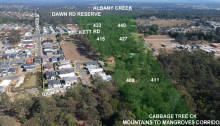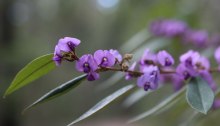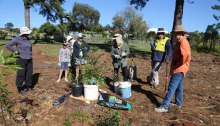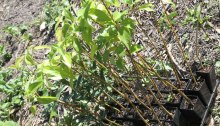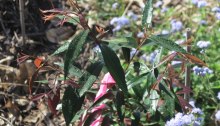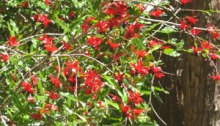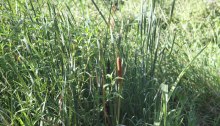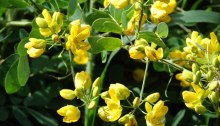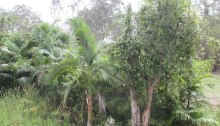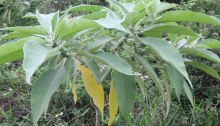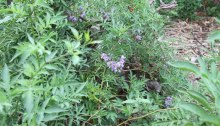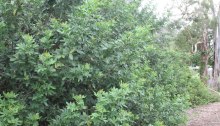Your help needed to protect precious wildlife corridor
If you have enjoyed exploring the Dawn Road Reserve, perhaps you didn’t know that it is part of the wonderful Mountains to Mangrove Corridor that is under threat from over-development in nearby suburbs. One local wildlife group is running a petition to ensure a narrow strip of land is preserved to ensure the corridor remains…
